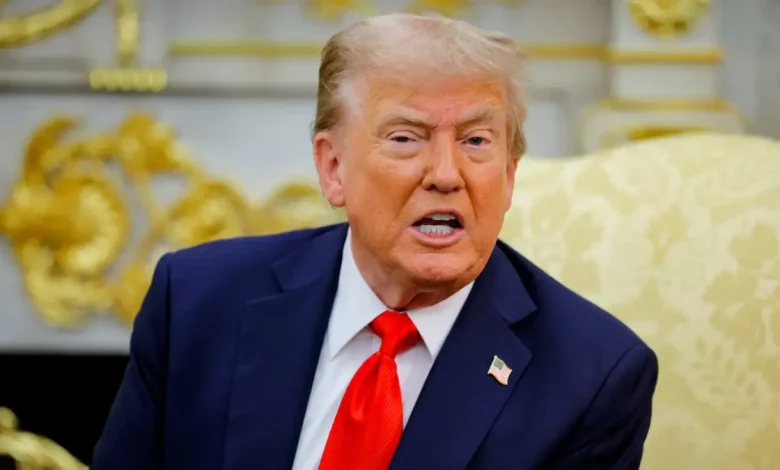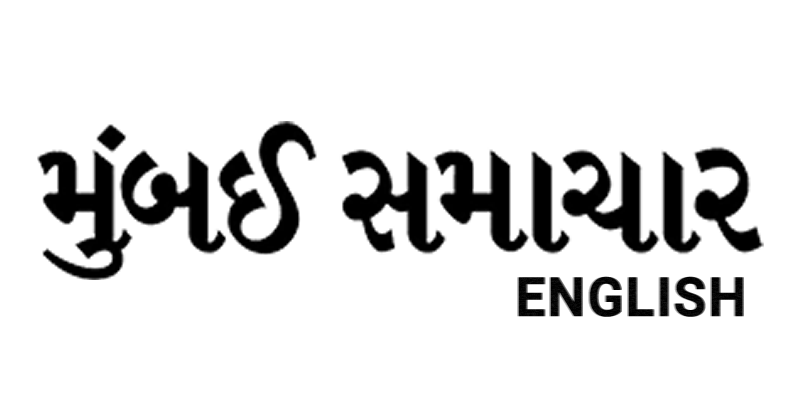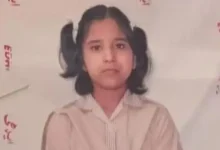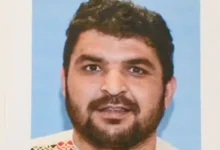Trump Orders Green Card Review For ‘Third World’ Nations — What Does This Mean For Indian Immigrants?

Following Wednesday’s shooting incident near the White House on November 26, where an Afghan national opened fire on two National Guard members, President Donald Trump announced plans for a comprehensive review of Green Cards granted to immigrants from nations classified as “countries of concern.”
Joseph Edlow, director of US Citizenship and Immigration Services (USCIS), confirmed he has been tasked with overseeing this extensive reexamination. In a statement posted on X, Edlow wrote: “At the direction of @POTUS, I have directed a full scale, rigorous reexamination of every Green Card for every alien from every country of concern.”
He emphasized the administration’s commitment to national security, stating: “The protection of this country and of the American people remains paramount, and the American people will not bear the cost of the prior administration’s reckless resettlement policies. American safety is non-negotiable.”
Understanding the ‘Third World’ classification
Trump further declared on Truth Social that he intends to halt immigration from so-called “Third World Countries” indefinitely. However, the president did not clarify which nations fit this designation.
The phrase Third World dates back to 1952, coined by French demographer Alfred Sauvy amid Cold War tensions. His framework divided nations into three categories: First World nations represented capitalist democracies led by the US and Western allies, Second World countries included the Soviet Union and communist states, while Third World nations were those remaining neutral in the geopolitical divide, predominantly across Asia, Africa, and Latin America.
Following the Soviet Union’s dissolution in 1991, this geopolitical framework became obsolete. Today, Third World typically refers to nations facing economic challenges or undergoing development, though no official list defines these countries.
UN’s Least Developed Countries designation
The United Nations currently recognizes 44 nations as Least Developed Countries (LDCs).
According to December 2024 data, the LDC category encompasses 32 African nations including Angola, Ethiopia, Malawi, Rwanda, Uganda, and Zambia, 8 Asian countries such as Afghanistan, Bangladesh, Nepal, and Yemen, 1 Caribbean nation (Haiti), and 3 Pacific island states: Kiribati, Solomon Islands, and Tuvatu.
Impact on Indian Green Card holders
Indian nationals will remain unaffected by these new restrictions targeting Third World countries. Since Trump has not provided explicit criteria for Third World classification, determining India’s status remains unclear. Regardless, Indian residents in the United States face no immediate impact from this Green Card review initiative.
The administration has identified specific countries of concern: Afghanistan, Myanmar, Burundi, Chad, the Republic of the Congo, Cuba, Equatorial Guinea, Eritrea, Haiti, Iran, Laos, Libya, Sierra Leone, Somalia, Sudan, Togo, Turkmenistan, Venezuela, and Yemen.




